The “Indigenous Innovative Solutions” Photography Contest Winners
Indigenous communicators and photographers from around the world participated in the "Indigenous Innovative Solutions" contest to raise awareness of the messages and stories from their communities.
Panama City, Panama. After a successful global call for entries and the hard work of the jury – made up of six professional Indigenous photographers from Brazil, Mexico, Malaysia, Bolivia, Gabon and Indonesia – we present the contest’s winning photographs.
The “Indigenous Innovative Solutions” photography contest was open to people from Indigenous communities around the world who submitted original photographs showing the vision, history and knowledge of their Peoples.
The jury, composed of Sara Aliaga Ticona (Bolivia), Yannis Davy Guibinga (Gabon), Michael Eko (Indonesia), Luvia Lazo (Mexico), Flanegan Bainon (Malaysia) and Priscila Tapajowara (Brazil), selected three winning images for each of the categories listed in the contest’s Terms & Conditions.
The final selection of photographs met a series of technical parameters combined with the creativity, relevance and coherence criteria for the selected category.
Innovation and Climate Change
Winners
First Place
- Title: The Last Breath
- Author: Kevin Ochieng Onyango
- Country: Kenya
- Indigenous Community: Luo People
Second Place
- Title: Pescador Kapanawa (Kapanawa fisherman)
- Author: Patrick Murayari
- Country: Peru
- Indigenous Community: Kukama People
Third Place
- Title: La esperanza de seguir viviendo (The hope to keep on living)
- Author: Alcibiades Rodríguez
- Country: Panama
- Indigenous Community: Guna People
Forests and Indigenous Peoples
Winners
First Place
- Title: Abuelo (Grandfather)
- Author: Venancio Velasco González
- Country: Mexico
- Indigenous Community: San Pablo Yaganiza
Second Place
- Title: Danza del venado (Dance of the deer)
- Author: Nazario Tiul Choc
- Country: Guatemala
- Indigenous Community: Q́eqchi Maya People
Third Place
- Title: Dayak Kebahan Children
- Author: Victor Fidelis Sentosa
- Country: Indonesia
- Indigenous Community: Dayak Kebahan People
Indigenous Youth
Winners
First Place
- Title: Oloburgandiwar
- Author: Aylin Alba
- Country: Panama
- Indigenous Community: Guna People
Second Place
- Title: Hijos de la Tierra (Children of the Earth)
- Author: Alexander Pérez Ventura
- Country: Guatemala
- Indigenous Community: Maya Mam people
Third Place
- Title: Pusaka
- Author: Prince Loyd C. Besorio
- Country: Philippines
- Indigenous Community: Obu Manuvu People
See and learn about the winning photographs by category below.
Innovation and Climate Change
The first winning photograph was entitled “The last breath” by Kevin Ochieng Onyango of the Luo People in Kenya.
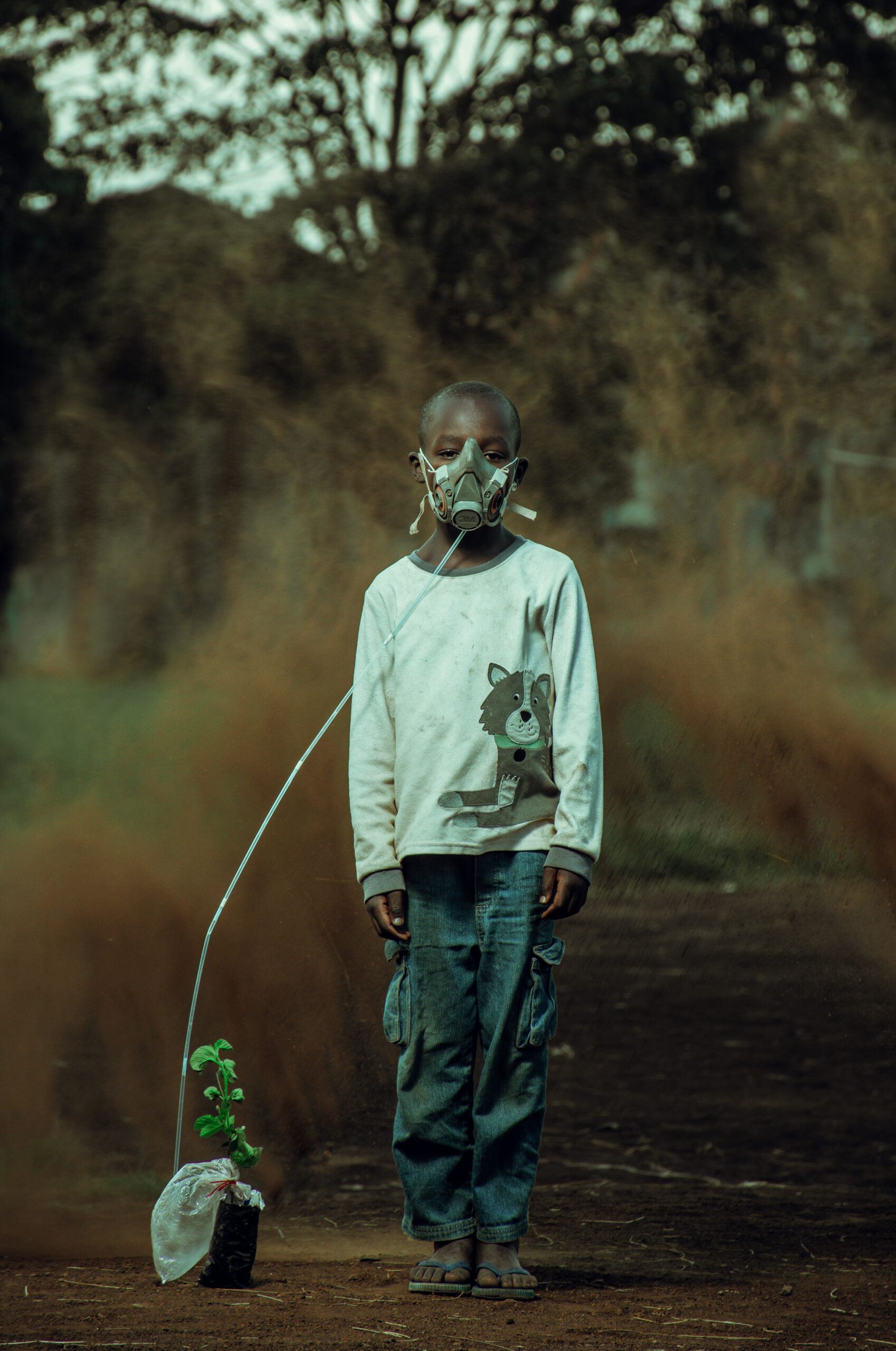
He wrote, “This project is symbolic to show the importance of trees in our ecosystem and the role they play in tackling climate change. As trees grow, they help stop climate change by removing carbon dioxide from the air, storing carbon in the trees and soil, and releasing oxygen into the atmosphere. This project pushes the message of conservation and encourages reforestation.”
The Luo People are located in an area that encompasses South Sudan, Ethiopia, northern Uganda, eastern Congo, western Kenya, and the far north of Tanzania. The Luo Peoples, like other Indigenous Peoples in Kenya, face a number of challenges due to the climate crisis including droughts and pests that threaten crops and the food security of their communities and the country.
The second place winning photograph was “Pescador Kapanawa” (Kapanawa fisherman) by Patrick Murayari of the Kukama People in Peru.
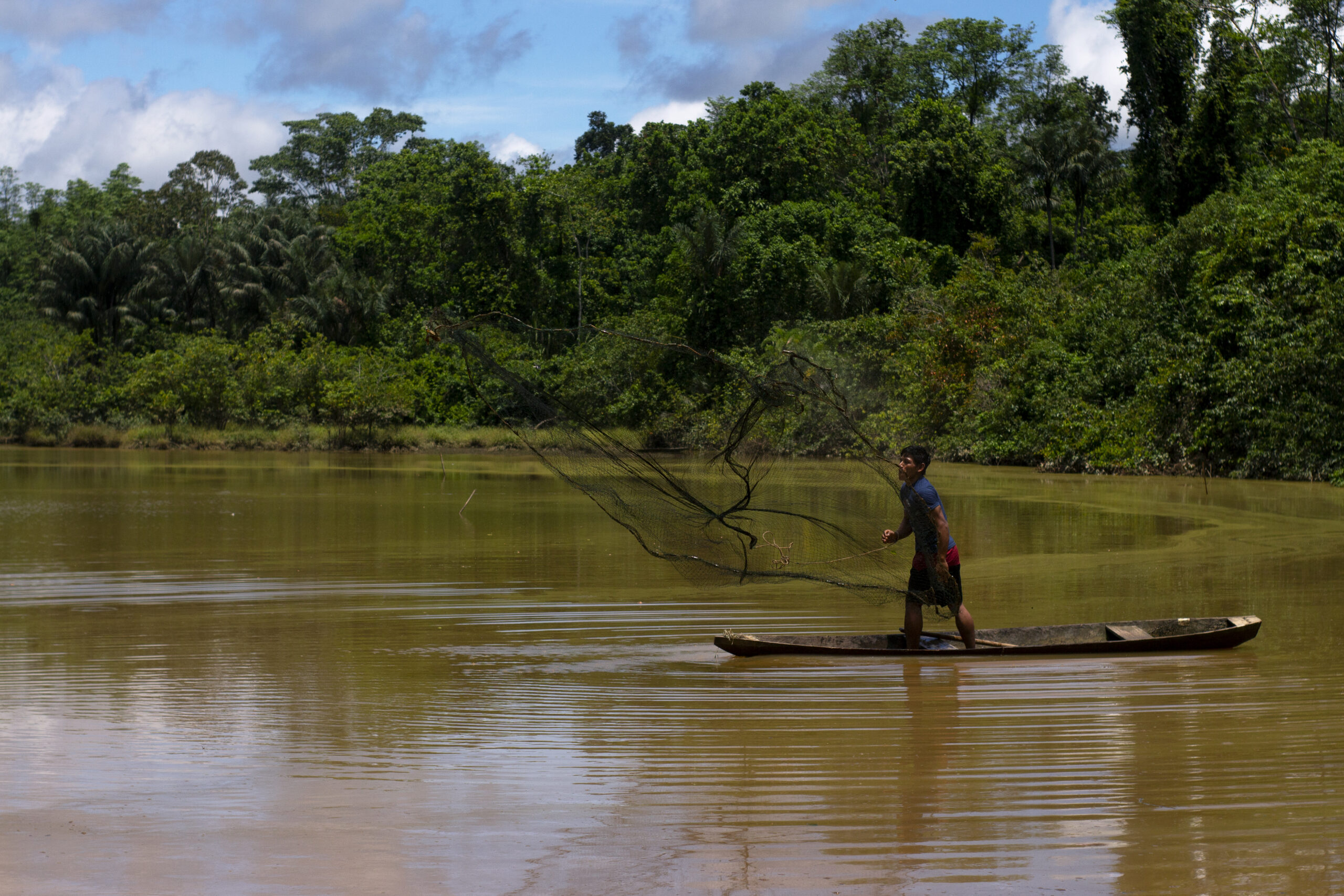
“At dusk, equipped with tarrafas (nets) or hooks, the men of the native community of Fatima, belonging to the Kapanawa people, head to the lagoon located five minutes from the community, with the aim of getting some fish for dinner. They only fish for their own consumption. In this way, they guarantee the sustainability of this resource,” writes Patrick.
The Kukama People are located mainly in the Amazonian department of Loreto in Peru.
According to the Database of Indigenous Peoples of Peru, created by the Ministry of Culture, the Kukama have an ancestral tradition of fishing and have developed a series of specific tools and techniques related to their interaction with the ecosystem, which is why both Indigenous and non-Indigenous communities in the sector have called them “the great fishermen of Loreto.”
The third place winning photograph was entitled “La esperanza de seguir viviendo” (The hope to keep on living) by Alcibiades Rodríguez, from the Guna People in Panama.

Alcibiades describes, “The hope of continuing to live within a traditional and conservative territory, full of legacies and the struggle, which remains against climate change.”
The Guna People are found in Colombia and Panama. They are native inhabitants of the continental jungle, but 120 years ago they migrated to the coast — to escape malaria and yellow fever — and founded the Guna Yala Comarca in Panama.
The comarca encompasses a narrow continental strip and an archipelago of 365 islands. The Guna are considered the most vulnerable people to the impacts of climate change and maritime pollution due to their location. According to UN data, the Guna are expected to be the first Indigenous People to be displaced by rising sea levels due to global warming.
Forests and Indigenous Peoples
The first place winning photograph was entitled “Abuelo” (Grandfather) by Venancio Velasco González from San Pablo Yaganiza in Mexico.
The photo portrays a man in the forest with his horse going to sow milpa – a traditional system of planting maize beans, and squash.
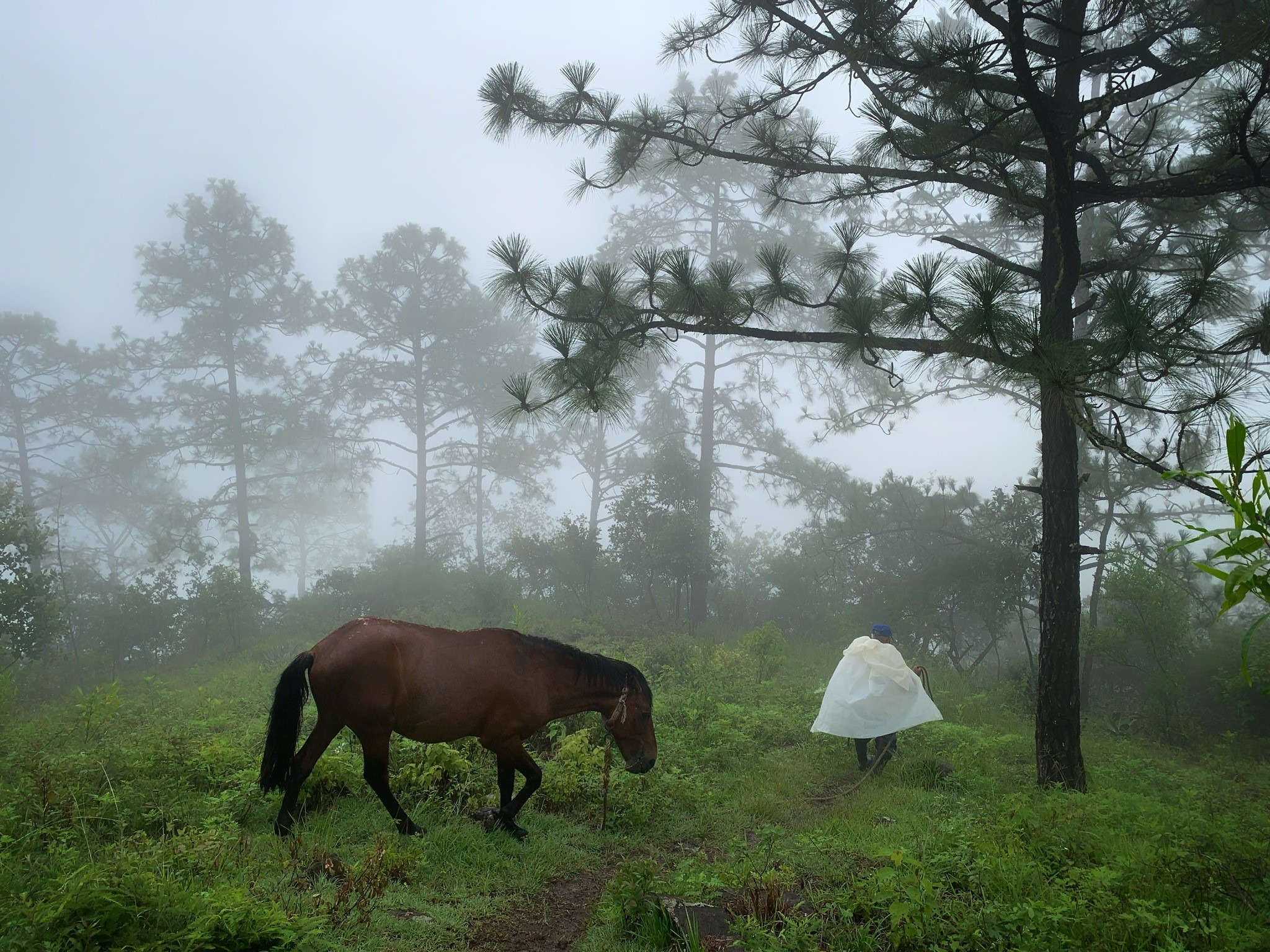
Venancio shares the story of this photograph, “I want to tell you a little about my grandfather, he is 82 years old and all his life has been dedicated to the field. Whenever I remember him a scene comes to my mind of him. Walking through the fog with his horse, going to sow or to collect firewood. This time I had to accompany him to sow Milpa and it was impossible not to remember a part of my childhood and the first time I accompanied him to the field with the same landscape.”
San Pablo Yaganiza is a small town located in the state of Oaxaca. According to the last census data 99.64% of the population is Indigenous and 93.31% of the inhabitants speak an Indigenous language.
The photograph entitled “Danza del venado” (Dance of the deer) by Nazario Tiul Choc of the Q́eqchi Maya People of Guatemala was the second place winning photograph.

In Nazario’s words, “Dance of the deer, a hunting ritual, has its origin in the classic Maya period. It is a representation of the war between hunters and wild animals disputing venison as food. Performed annually in Cooperativa Unión Maya Itzá where children and adults participate, this as part of the celebration of their return home from Mexico to Guatemala 27 years ago due to the problems of the armed conflict in Guatemala.”
The photograph entitled “Dayak Kebahan Children” by Victor Fidelis Sentosa from Indonesia was the third place winner.
The photograph features a child of the Dayak Kebahan tribe playing in the river.
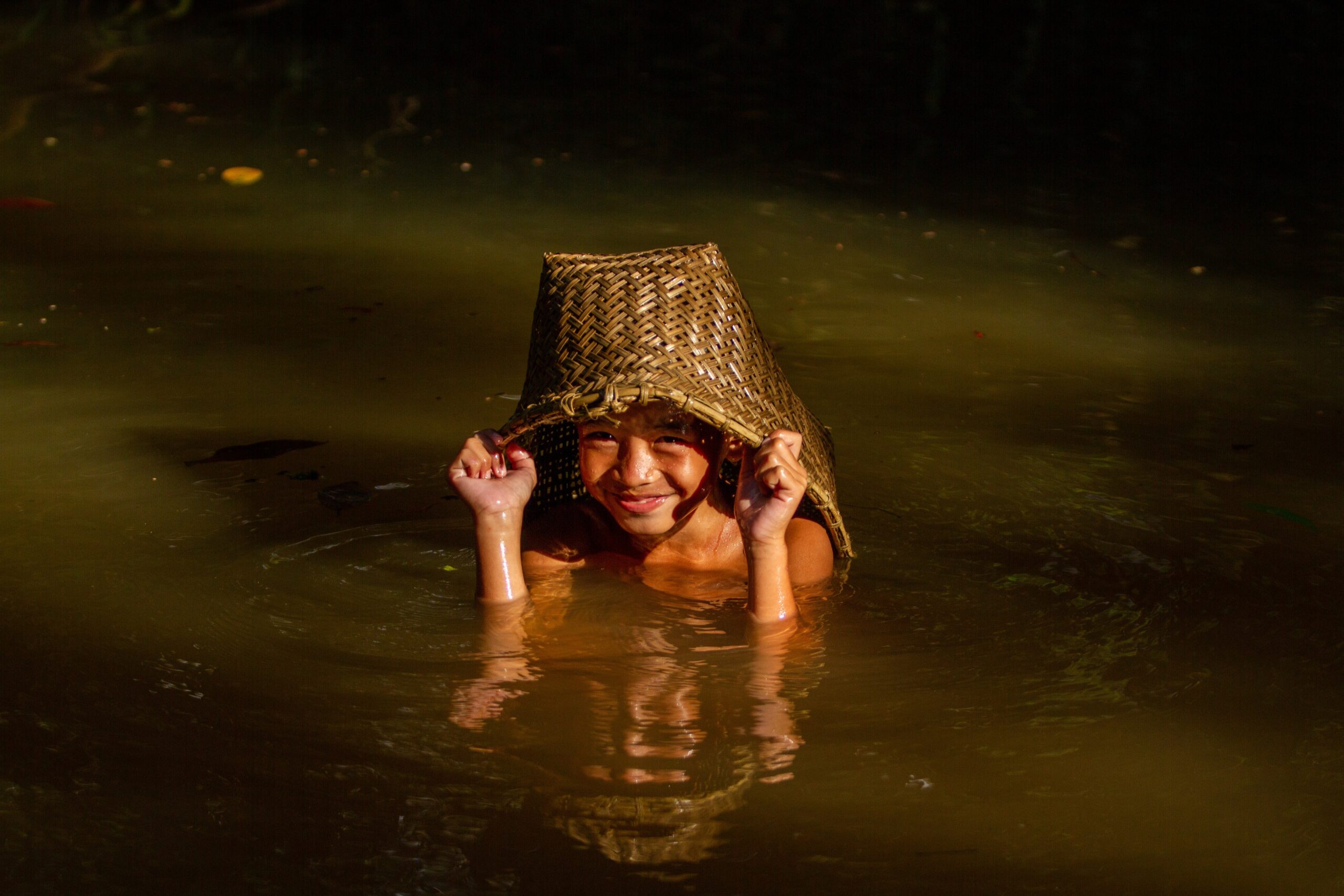
The word Dayak or Dyak is a term used to distinguish between more than 200 Indigenous groups mainly inhabiting the coastal regions of Malaysia, Indonesia, and Brunei. Although the term Dayak was coined during colonization, Indigenous Peoples reclaimed it to honor their resistance processes and identity. Even though they keep the same name, each community has its own language, territory and culture. There are approximately 450 Dayak ethnolinguistic groups living in Borneo, according to some estimates.
Currently, most Dayaks live in small villages in coastal communities, with fishing as a main economic activity.
Indigenous Youth
The first place winning photograph was entitled “Oloburgandiwar” by Aylin Alba of the Guna People of Panama.
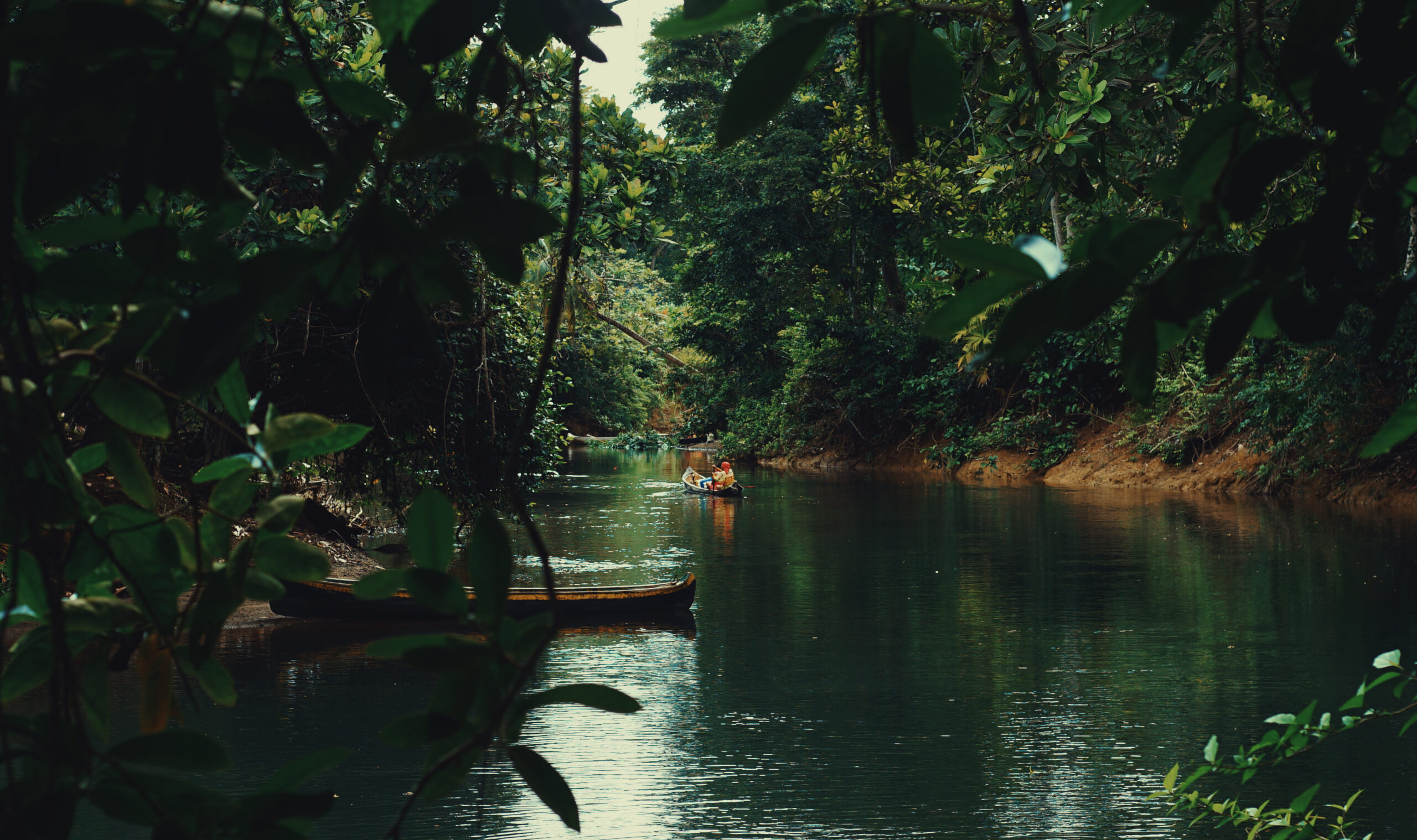
Aylin shares the story behind this photograph, “Our grandparents tell us that when we die we go through the great river, that is why as Indigenous Peoples we know the importance of water, of nature, since our burba (spirit) will bathe and navigate in the river to be reunited with our ancestors.”
The photograph entitled “Hijos de la tierra” (Children of the Earth) by Alexander Pérez Ventura of the Maya Mam people of Guatemala is the second place winner.
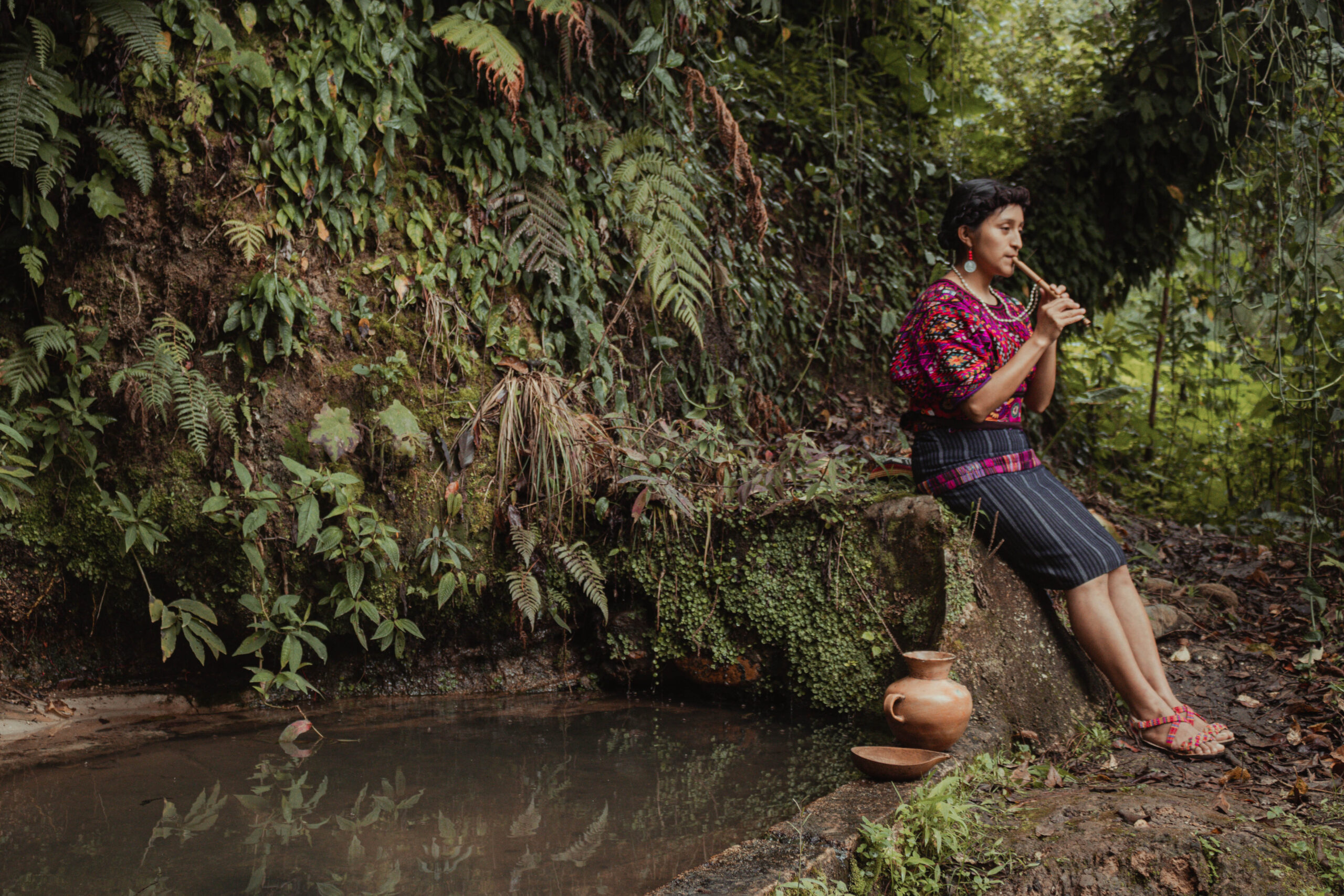
Alexander describes his photography: “Ana Francisca Dominguez belongs to the Quiché Mayan People in Guatemala. In her family, all are dedicated to ancestral music with purposes of gratitude and blessing everything that Mother Earth grants them. In the Mayan culture there are four elements that are essential for the human being and at the same time part of them. Each element has a heart; water, air, sun and earth.
Without these elements we are nothing, that is why we consider ourselves children of the earth. The Quiché People are thankful for the water, and often bring gifts to water wells. These main gifts are music, flowers and candles. On June 24th each town blesses the heart of the earth for the water.”
The third place winning photograph is entitled “Pusaka” by Prince Loyd C. Besorio of the Obu Manuvu People of the Philippines.
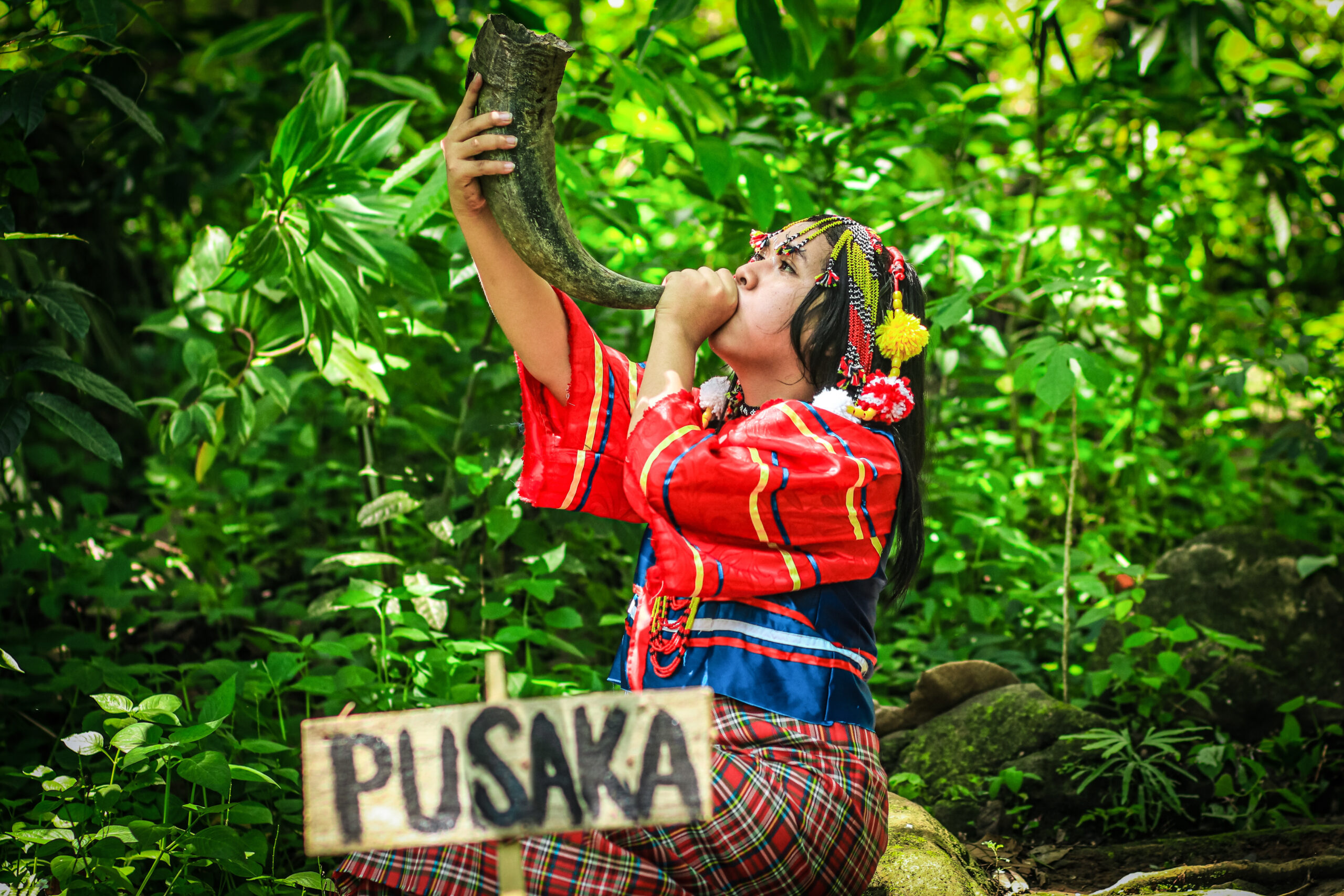
Prince writes, “The Obu Manuvu tribe strongly believes in Pusaka cosmology, a traditional biodiversity conservation practice where they consecrate and declare entities, alive or non-living as sacred or inviolable because of their emotional attachment. The areas where the Philippine Eagle and other Pusaka animals and trees are found have specific forest guards bringing horns with them as means of communication with other forest guards.”
